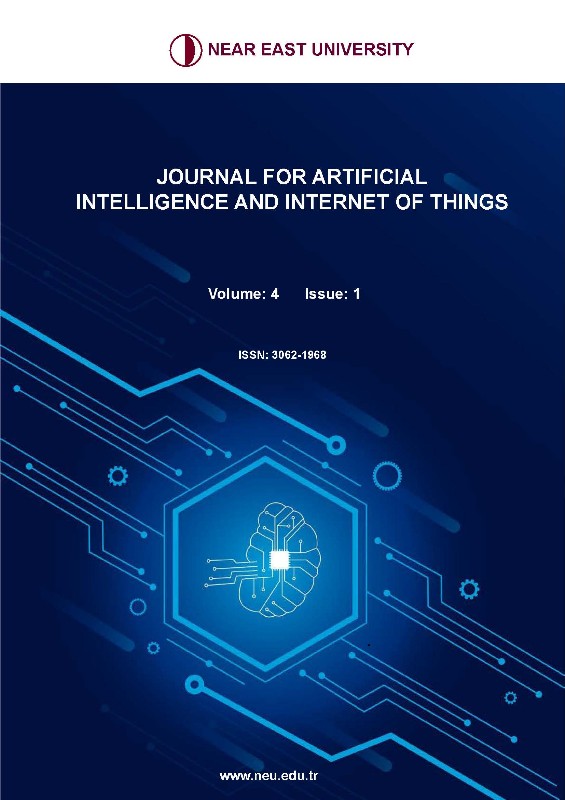Comparative Analysis of Anesthetic Methods and Their Influence on Postoperative Outcomes
DOI:
https://doi.org/10.32955/neuaiit202541961Abstract
Anesthesia is used as a neural blocker capable of preventing nociceptive impulses from entering the nervous system, before, during, and after surgery. Anesthetic agents should be able to enhance recovery processes, potencies, and relaxation of the muscles, including a wide range of safety, free from toxicity, reactivity problems, and possibilities of adverse effects. The objective of this study was to apply a multi-criteria decision-making method (MCDM) called fuzzy PROMETHEE (Preference Ranking Organization Method for Enrichment of Evaluations) method to evaluate, compare, and rank 5 different types of anesthesia used for surgical operations including (general anesthesia, spinal anesthesia, epidural anesthesia, peripheral nerve blocks, and sedation) based on professionally selected parameters, to determine the preferred analgesic agent for specific patients. The results show that peripheral nerve blocks with a net flow of 0.0321 are among the most preferred anesthesia for patients with the considered contraindications and based on the selected criteria, assigned weights, and set preferences, followed by sedation with a net flow of 0.0083. Epidural anesthesia is ranked the lowest with a negative net flow of -0.0300. Expert opinion is always needed when assigning weights to criteria, and grading alternatives is the major challenge in multi-criteria decision-making studies. Fuzzy PROMETHEE is proposed to solve a multi-criteria decision-making problem in selecting anesthesia used for surgical operations.



